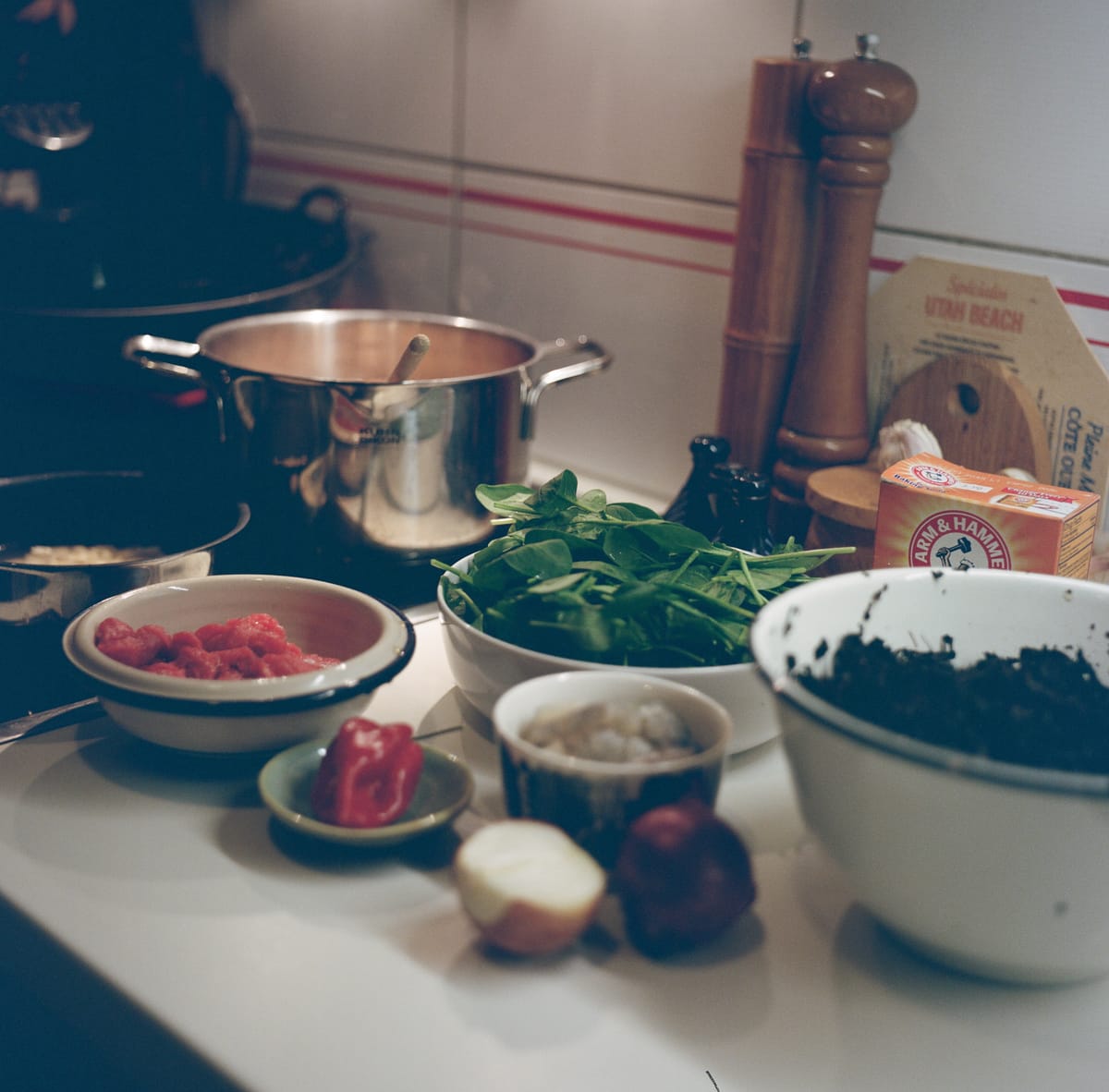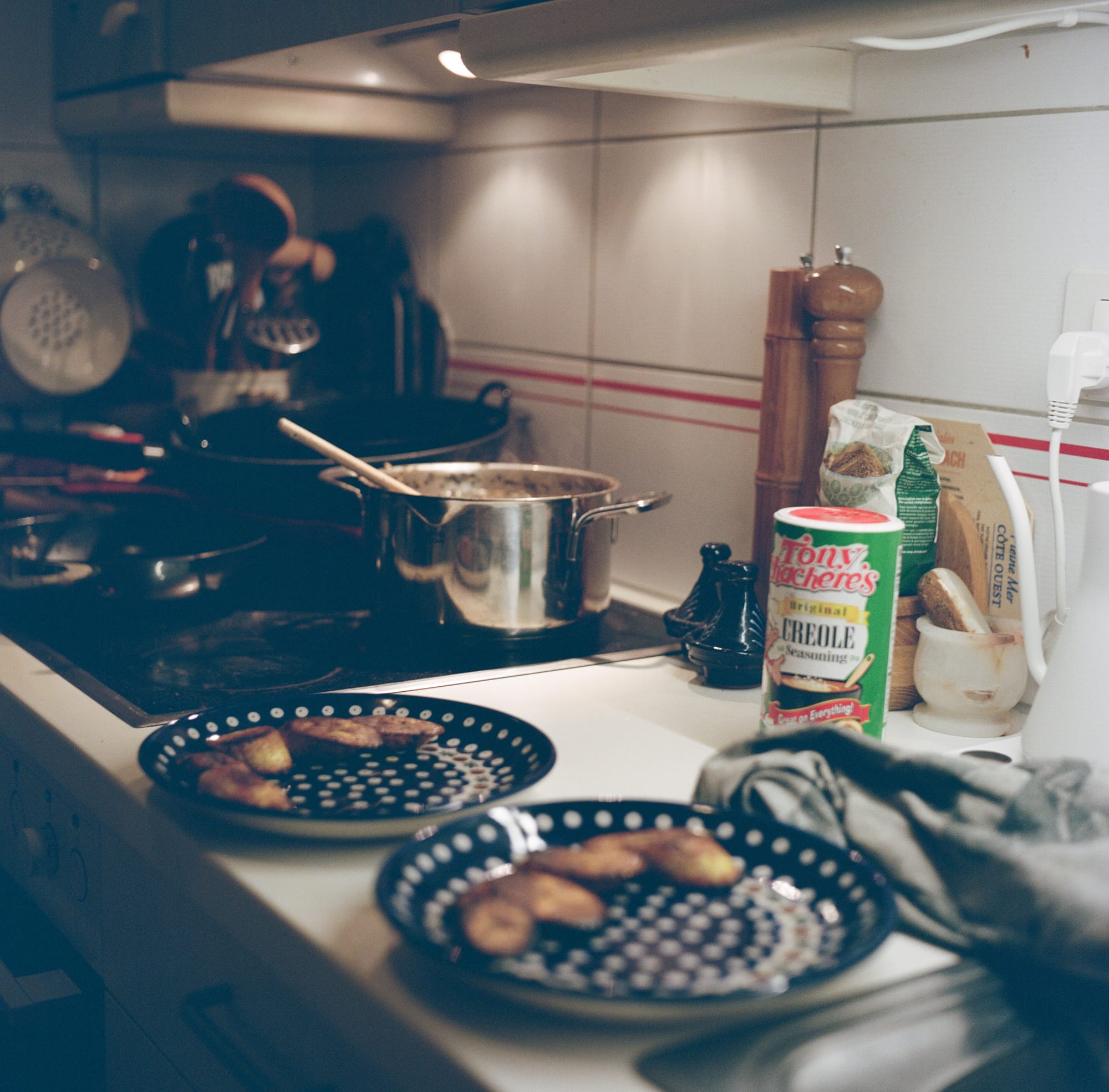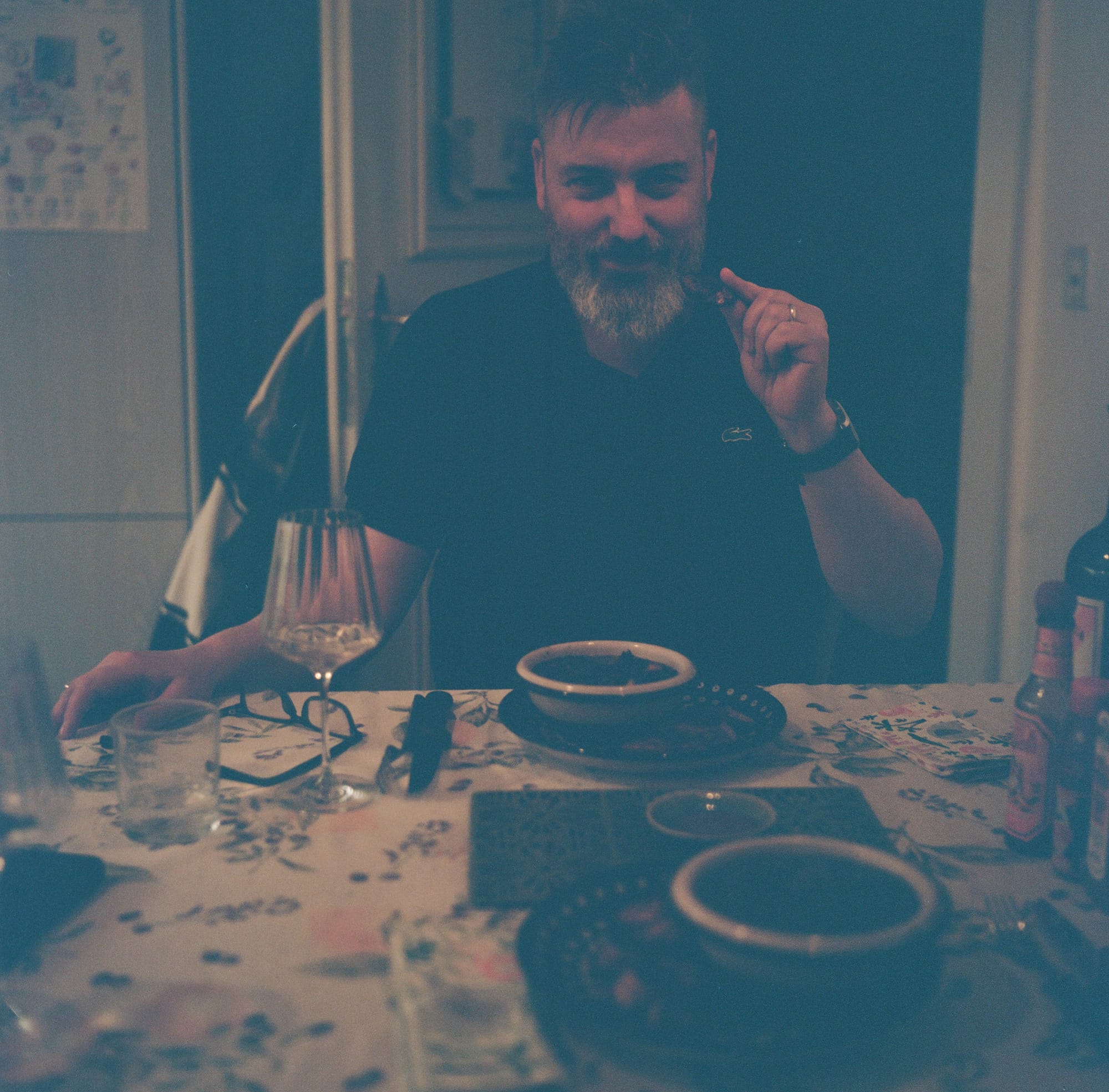What to eat CAMEROON 🇨🇲 Ndolé
Ndolé is not just Cameroon’s unofficial national dish it also the name of the central ingredient, the bitter leaves at the centerpiece of this curious and flavorful dish... The dish itself is also sometimes called myondo.

Ndolé
Published April 4, 2025 · by Amanda Rivkin Häsler
Ndolé is not just Cameroon’s unofficial national dish it also the name of the central ingredient, the bitter leaves at the centerpiece of this curious and flavorful dish from the country’s littoral plain and the Douala ethnic group, sometimes called the Sawa, a Bantu people. While they receive wide credit for inventing it, Cameroon’s diverse ethnic and religious communities have all adopted it in some form, making it their own along the way. The dish itself is also sometimes called myondo.
As Cameroon is also geographically diverse, a so-called “Africa in miniature” given its wide variety of topography, in the western part of the country where bitter leaves can be harder to find, kale is sometimes a substitute. It is also a country that has seen multiple colonial overlords in its history from the Germans to the British and the French.
Traditional ndolé is a recipe that comes passed down from generation to generation, an essential part of any celebration. It is a comfort food available in humble homes as well as haute cuisine restaurants across Cameroon and also the greater West African region.
Its star ingredient, the smoky flavored bitter leaves are indigenous to West Africa but found in abundance in Cameroon and Nigeria as well. Another key ingredient, shrimp, is actually where the name Cameroon itself comes from as the word for shrimps in Portuguese is camarões and the Portuguese explorers had dubbed the Wouri River and its tributaries that runs through the coastal city of Douala (same name as the ethnic group) the Rios dos Camarões.

The bitterness of the leaves is balanced by the sweet and savoriness of the other ingredients. The result is a dish that is in harmony and delicate on the taste buds. In addition to the bitter leaves, other essential ingredients include ground or raw peanuts, crayfish, stockfish or smoked fish, a large or yellow onion, garlic, vegetable oil, dried shrimp or prawns, leeks or Maggi bouillon cubes (popular in much West African cuisine for their impactful flavor) and white pepper with the option for side dishes consisting of ripe plantains, cassava or yams.
The bitter leaves, also known as vernonia, are prevalent in the tropical parts of Africa. They are also noted for their medicinal value and have been used in the treatment of such diseases as diabetes and fever, not just in Cameroon but across the continent.

Recipe
Ingredients:
100 grams of dried bitter leaves
4 pieces of stockfish
125 grams of dried crawfish
1 cup peanuts
1 red onion
4 cloves of garlic
1 habanero pepper
Olive oil
Half a diced white onion
200 grams of minced meat
6 shrimps
Cajun seasoning
1 teaspoon baking soda
125 grams of dried spinach
2 Maggi cubes
Step 1: Soak the bitter leaves in the morning before you plan to make ndolé or overnight in cold water.
Step 2: Many hours later, place stockfish and crawfish to boil in a pot with water that covers both but is not leaving a lot of water left.
Step 3: Boil peanuts in just enough water to cover the peanuts for 10 minutes until soft.
Step 4: Rinse the bitter leaves by straining the water from letting them soak, run some cold water, squeeze to remove and set aside.
Step 5: Cut the red onion and habanero pepper into chunks and place in a food processor with the garlic. Strain the peanuts but do not discard the water and add to the food processor and combine the ingredients. Set aside both the water and the combined ingredients.
Step 6: In a pan with olive oil add half a diced white onion on top heat and meat. Add shrimp and cajun seasoning. Turn to low heat once shrimp gets pink and meat gets brown and turn off after shrimp are pink.
Step 7: Remove the stockfish from the boiling pot and add baking soda. Add bitter leaves then spinach and turn to medium heat. Once spinach shrinks, pull from heat and add peanut water. Take hand blender and combine.
Step 8: Return to low heat, add two Maggi cubes and the peanut, onion, garlic and habanero mixture. Stir and add meat and shrimp. Wait twenty minutes and serve.
Tips, tricks and notes:
All African products came from Tropical Zone at Herzogstrasse 16 in Bern.
The bitter leaves could use a bit more blanching than provided for here as they were very bitter! Much more so than in the restaurant. Also, we should have removed the stems from the leaves as not doing so blew out the motor of our food processor and we had to pick them out as we ate.
Cameroonian TikTok in particular was up in arms about the preparation of this dish after publication leading to many, many derisive comments and the discovery that yet again an earnest white lady screwing up a difficult traditional African dish has a tremendous market on social media.
Everyone likes to believe their national dish is enormously rich, complex and hard to make authentically for outsiders, right? Throw in centuries of racist colonial politics and I totally get the appeal of the genre (though all culinary screw ups are unintentional, completely earnest and sorry to say, all too real). That said, among the replies was this bit of sound advice for those who try to make ndolé at home:

Learn where to eat Cameroonian food in Switzerland.
Follow our social media pages @swissglobaldining on Instagram, TikTok and YouTube